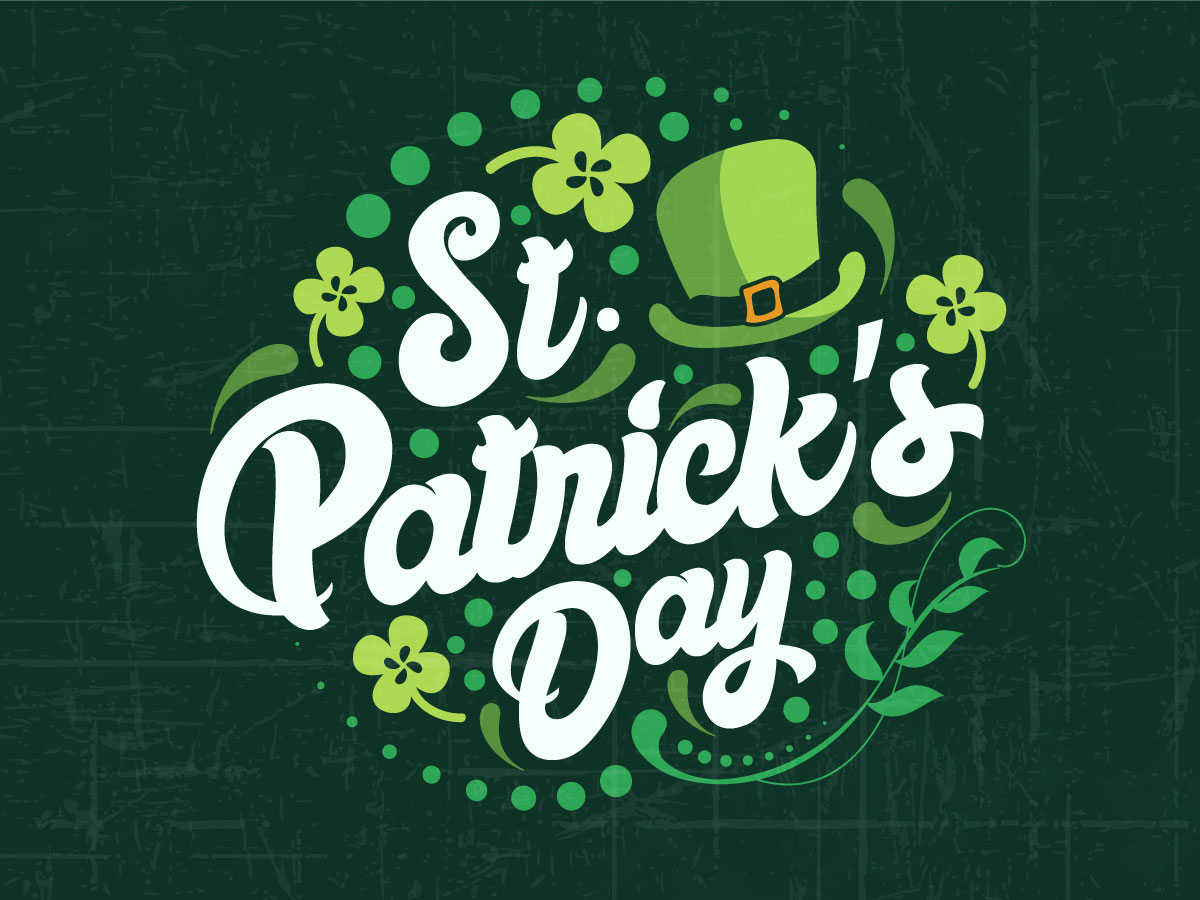St. Patrick's Day History and Facts

Christine Panchuk
Luck o' the Irish to ye, it's St. Patrick's Day!
When we think about St. Patrick's Day, we think about leprechauns, shamrocks, pots of gold, and frothing mugs of beer-- but who was St. Patrick himself? What exactly did this Irishman do to become a saint and have his own holiday?
St. Patrick wasn't actually Irish! He was an Englishman born in Britain, circa 385 to an aristocratic Christian family. He had nothing to do with Ireland or Irish culture until Irish raiders kidnapped him at 16 years old. He was then sold as a slave to a Celtic priest, working as a shepherd for 6 years until he escaped. Many years later, he returned to Ireland (around 432), and began to convert the Irish to Christianity as a missionary. By the time of his death in 461, he had established schools, churches, and monasteries.
This holiday isn't only about St. Patrick, it's also a celebration of Irish heritage and culture! Here are some interesting facts to fill your pot with knowledge. Now isn't that worth its weight in gold?
- The official color for St. Patrick's Day was actually a light shade of sky blue! The color green only became associated with the holiday after it was linked to the Irish Independence movement.
- Shamrocks are the national flower/emblem of Ireland.
- Each leaf of the four-leaf clover has a meaning: Hope, Faith, Love, and Luck.
- Your odds of actually finding a four-leaf clover, are about 1 in 10,000.
- St. Patrick did not use a clover, but a shamrock. Its three leaves were used as a metaphor for the Holy Trinity; the Father, the Son, and the Holy Spirit.
- St. Patrick was never actually canonized by a pope, which makes his status as a saint questionable.
- There are around 34.7 million U.S residents with Irish ancestry. That's more than seven times the actual population of Ireland!
- Leprechauns are actually one of the reasons you're supposed to wear green on St. Patrick's day. Folklore says that wearing green makes you invisible to leprechauns, which like to cause mischief and mayhem to anyone they see.
- Saint Patrick was born “Maewyn Succat”, but later changed his name to “Patricius” after becoming a priest.
- Although St. Patrick has been credited for driving the snakes out of Ireland, according to fossil records- Ireland had never been home to snakes. It was far too cold during the Ice age for reptiles to thrive, and the surrounding seas have kept snakes out ever since.
- The first St. Patrick's Day celebration in the U.S was held in Boston, in 1737.


